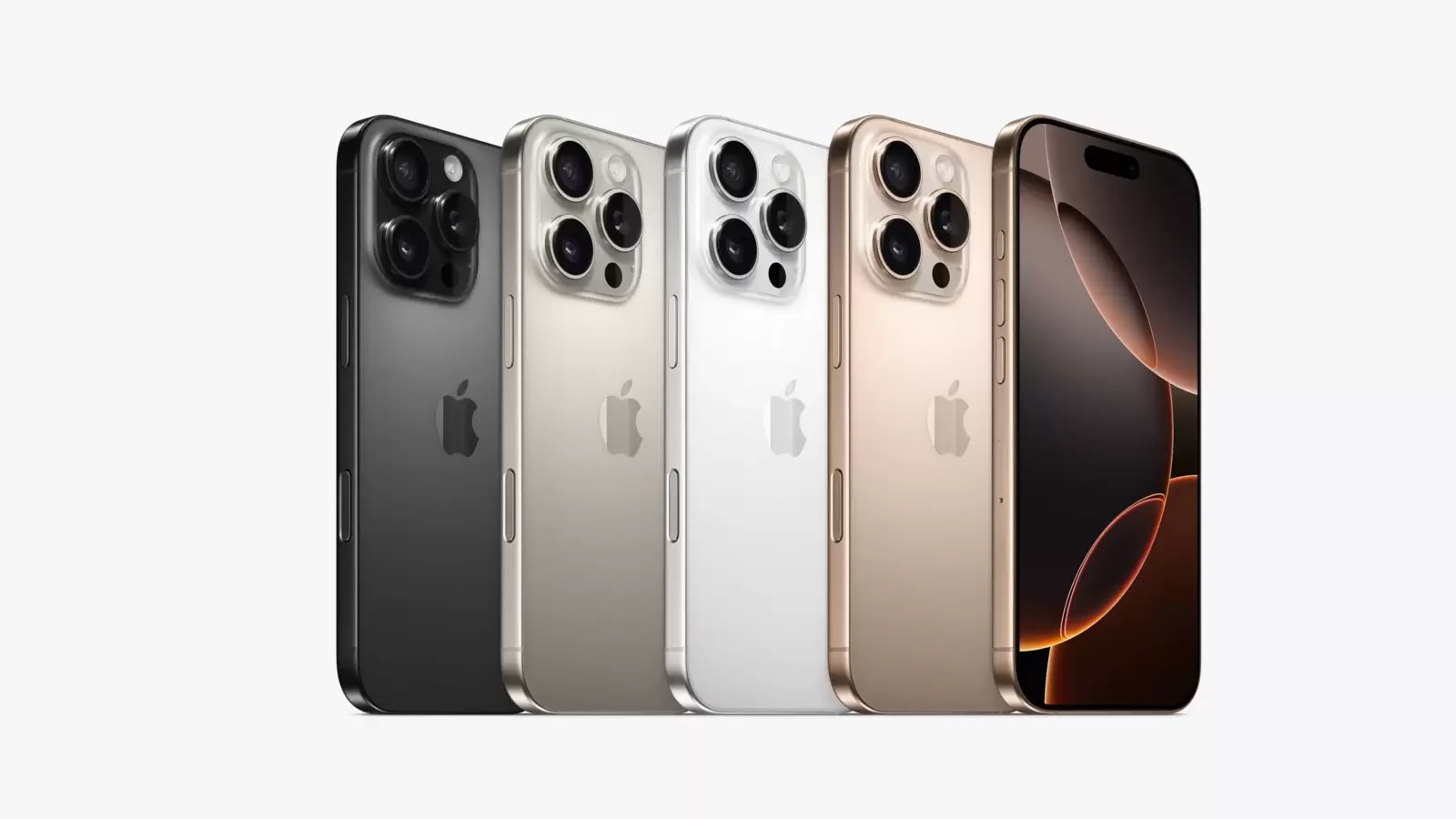iPhone 14 Pro and iPhone 14 Pro Max will get an update to tune the Always On display option.
iPhone 14 Pro and iPhone 14 Pro Max introduced a simple new feature that has been there on Android since years – an Always On display. iPhones have long used an OLED display and ever since then, there has been a demand among iPhone users to see an AOD functionality. The iPhone 14 Pro models have finally got that feature but it came in a very weird way. Unlike the AOD functions on Android, the iPhone 14 Pro simply dimmed the lockscreen instead of keeping just the essentials on.
Many users eventually started complaining about it, and some had even stopped using it (including us). Apple seems to have taken all the feedback and is now coming up with an update to let users tune the AOD experience. With the upcoming iOS 16.2 update, iPhone 14 Pro and iPhone 14 Pro Max users will be able to choose the style of AOD they want to see on their iPhones.
Always On Display gets an upgrade on iPhone 14
Unlike the current style of Always On display on the lockscreen, Apple will let users choose what they want to see on the AOD screen. Based on a screenshot obtained from a beta version of iOS 16.2, it shows that the iPhone 14 Pro will let users choose what to show. The current style of AOD will remain switched on by default but users can opt to:
- hide the wallpaper
- hide the notifications
Without the wallpaper and notifications, the AOD on iOS 16 could look largely similar to the AOD screen on Samsung devices. Turning off the wallpaper could also help preserve battery life better, and improve privacy. Apple may let the lockscreen widgets stay on the display for the time being.
While this is a good move, iPhone 14 Pro series users still don't have enough customisation features here like on a Samsung Galaxy device. However, Apple is giving more options for user customisation these days and iOS 17 could make it possible next year.

 1 year ago
89
1 year ago
89








 English (US)
English (US)